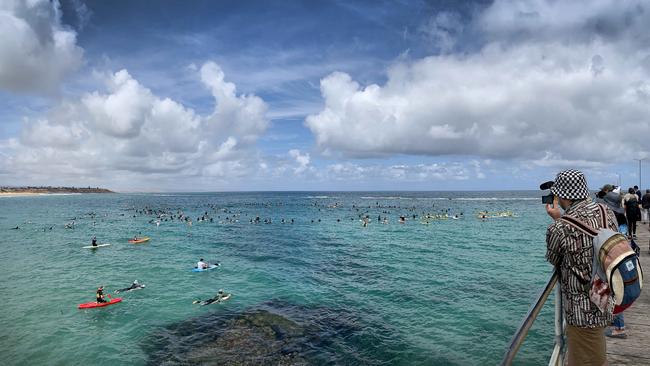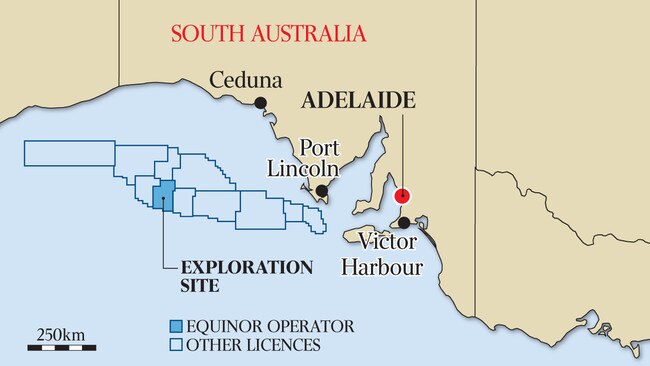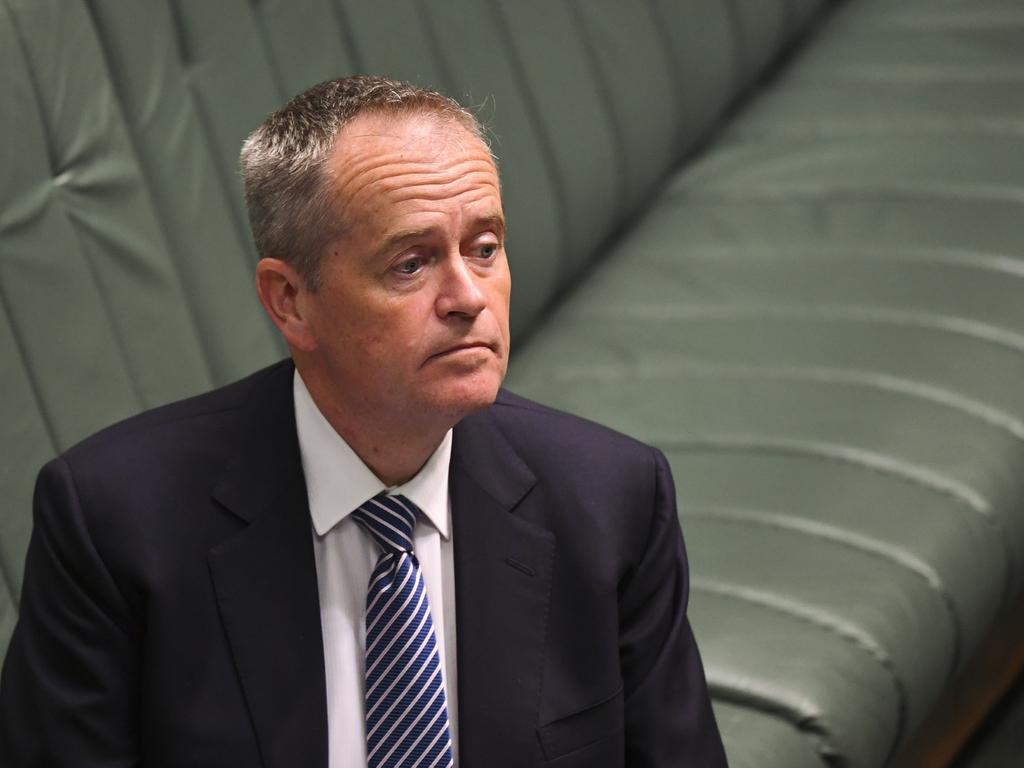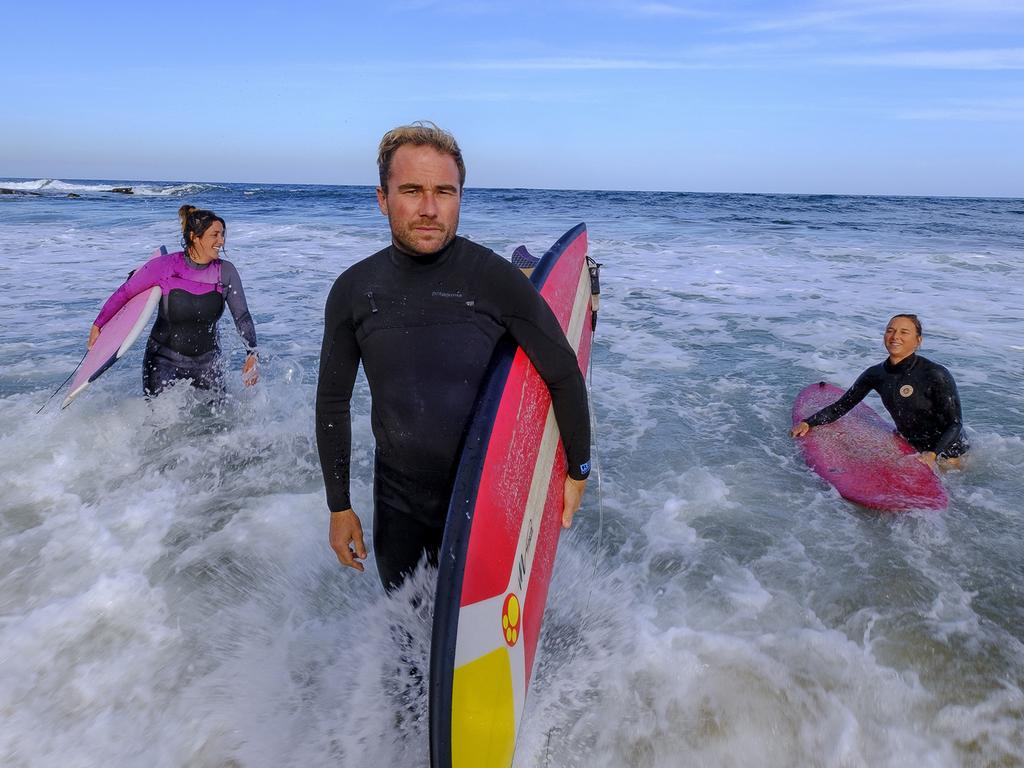Environment groups prepare for battle as Equinor cleared for Great Australian Bight drilling
Equinor now has to show it has adequate plans to manage the exploration well and safety issues.

Norwegian energy giant Equinor could kick off drilling in the environmentally sensitive Great Australian Bight next year for the first time since 2003 after receiving environmental approval despite a high profile campaign from iron ore billionaire Andrew Forrest to halt the controversial project.
Equinor, previously known as Statoil, won environmental clearance on Wednesday from the National Offshore Petroleum Safety and Environmental Management Authority. The decision sets the scene for drilling on the Stromlo well, 476km west of Port Lincoln, to start by the end of 2020 if exploration well and safety issues are also cleared.
The oil producer’s plans attracted strong community opposition including a campaign from Mr Forrest who implored Norway’s government to abandon planned oil drilling, warning he may launch a sizeable financial campaign against Equinor if it failed to change its plans.
Mr Forrest declined to comment on Wednesday.
The Bight’s deep water holds one of the last untested Australian oil exploration frontiers. Oil major Chevron has said it could produce on a similar scale to Bass Strait’s once-great oilfields.
BP pulled out in 2016 after a protracted approvals process, fierce green opposition and depressed oil prices, followed by Chevron the year after.

Equinor will still need to convince Nopsema it has adequate plans to manage the exploration well and safety issues, but winning the environmental clearance represents a major step forward for its controversial plans to begin drilling deep wells in the Bight.
The first exploration well is expected to be drilled in late 2020, according to Nopsema, with the regulator saying it had imposed “stringent” conditions on the approval.
Conditions include limiting the months when drilling can take place to October through to May, requiring regular environmental performance reporting through the exploration work, and requiring the presence in Australian waters of additional rigs capable of drilling relief wells if something goes wrong.
Resources Minister Matt Canavan said the prospective oil province held the potential to replace oil and gas production from Victoria’s Bass Strait where production is falling as offshore reservoirs dry up.
“In a continent as large as ours I hope we can find another oil and gas province to replace the Bass Strait,” Mr Canavan said.
“The Great Australian Bight is relatively unexplored but considered to be highly prospective for petroleum resources, with potential to provide significant economic benefits and help strengthen our fuel security as a nation.”
Environment groups have already promised a fresh campaign against the decision, with Wilderness Society South Australian director Peter Owen warning the decision would only escalate protests.
“The regulations state that Equinor must consult with relevant persons impacted by its plans, including local governments, Traditional Owners and environmental groups, but it refused to do so. The vast majority of Australians don’t want oil drilling in the Great Australian Bight, and we will now be looking at our legal options to protect Australians from this risky and unwanted drilling,” he said.
Equinor’s Australian boss Jone Stangeland said the decision was an important milestone for the oil and gas giant.
“Equinor has safely operated offshore drilling projects for more than 40 years in similar conditions around the world including the Norwegian Sea, the North Sea and the East Coast of Canada.”
Last year the Australian Petroleum Production and Exploration Association released a report it commissioned from ACIL Allen on the potential economic impact of discovering an oil province in the Bight. Based on a 1.9 billion barrel resource that Wood Mackenzie in 2015 estimated could be in the Bight, Australian GDP could be boosted by $6bn a year for 40 years, ACIL said. If the Bight has the same resources as Bass Strait, it could be $19bn a year. Wood Mackenzie has since reduced its estimate to 1.4 billion barrels. APPEA said it was important that oil exploration resumed in the Bight to understand the scale of the resources and whether commercial development was possible.




To join the conversation, please log in. Don't have an account? Register
Join the conversation, you are commenting as Logout